In Search of the Real North Korea Beyond the Tourist Illusions
 North Korea (photograph by Darmon Richter)
North Korea (photograph by Darmon Richter)
North Korea might not be everybody’s first choice of holiday destination. In fact, many remain oblivious to the fact tourism to North Korea is even a thing. In fairness, it’s easy to see how anyone who follows the news might find a leisurely holiday in the DPRK (or “Democratic People’s Republic of Korea”) to be irreconcilable with everything they think they know about the place: a totalitarian nightmare of gulags and thought police, poverty and oppression.
This article is to examine the nature of tourism in North Korea, and to speculate just how much any of us can ever truly know about this secretive “Hermit Kingdom.”
The Quest for Authenticity
The search for authentic insight into other cultures has become a cliché; it is the Holy Grail of the backpacker, the travel blogger’s muse, the driving force behind many an off-the-beaten-path adventure. This trope of travelers searching for an unspoiled slice of foreign heaven formed the premise of Alex Garland’s 1996 novel The Beach. The blockbuster film which followed generated enough traffic to virtually destroy the chances of stumbling across such paradise in Thailand. The remote Thai island known as Koh Phi Phi, where Garland set his story, is now a chaos of hotels, bars, souvenir shops, and strip clubs. This beach paradise has been fully commercialized.
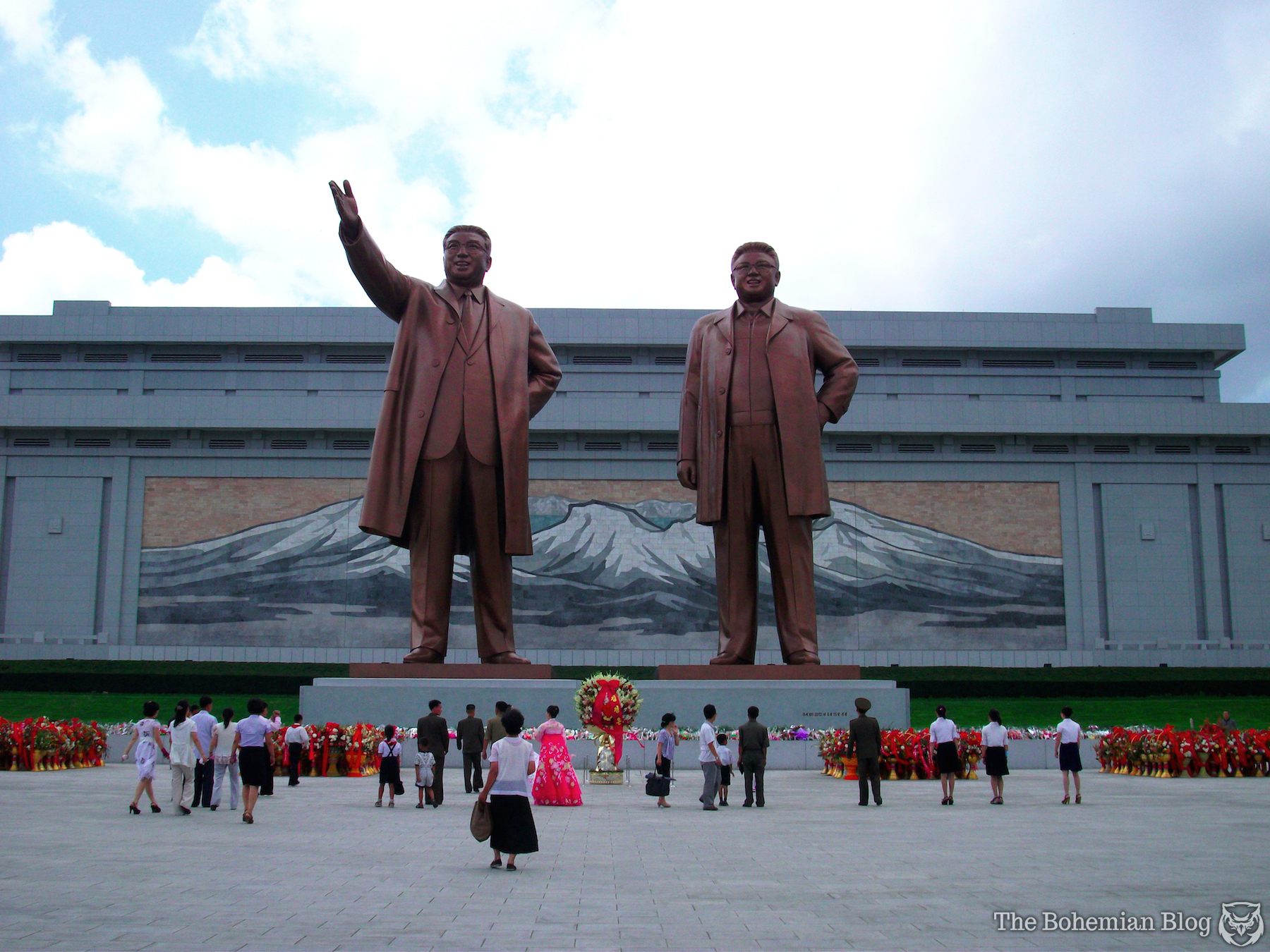
Statues of the nation’s leaders on Mansu Hill, Pyongyang (photograph by Darmon Richter)
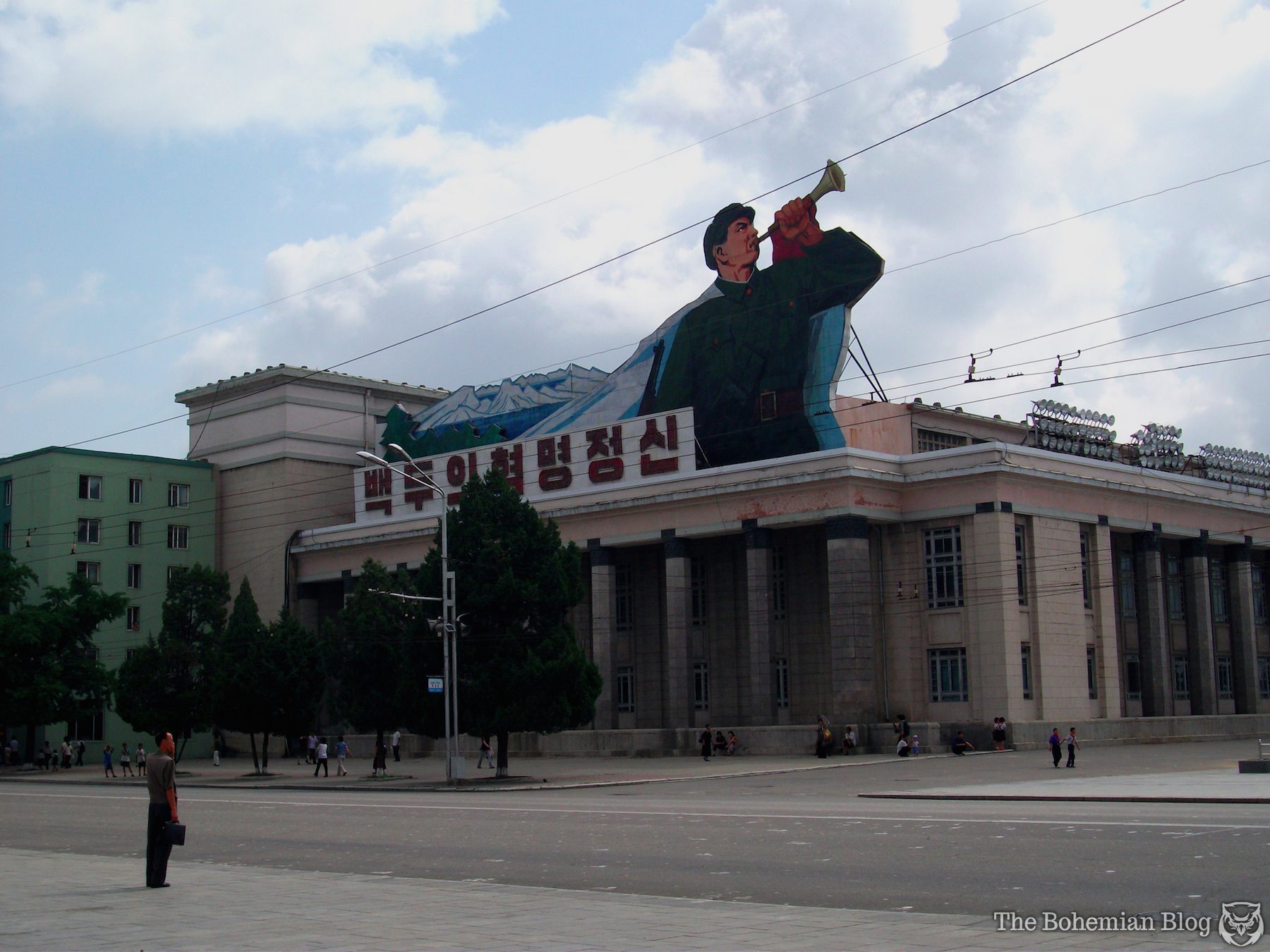
A man waits for a bus on a street in Pyongyang (photograph by Darmon Richter)
So what about North Korea? As far as original travel goes, it doesn’t get much more off-the-grid than the DPRK — a country that we Westerners know so very little about and where email, phones, and messaging are as good as forbidden. The conservative nature of tourism to North Korea however, makes the prospect of authentic interaction all the more elusive.
Getting into North Korea is easy. Most passports — US included — require only the approval of a basic tourist visa, a process which generally takes less than a month. Discovering authentic culture however, embracing the real North Korea, may prove somewhat more difficult.
The Illusion of Pyongyang
The truth is, the North Korean government doesn’t want you to see their reality. Western tourists are allotted trained guides, whose job it is to show you all the sights approved by the nation’s leadership. In fairness, it’s as thorough and culture-packed a tour as you’re ever likely to experience, a whistle-stop ride around the DPRK’s landmarks and museums, monuments, palaces, memorials, and mausoleums. They’ll treat you to fine examples of traditional Korean cuisine, while every site you visit will (sometimes literally) roll out the red carpet for your approach. You’ll get to skip the queue at Mangyongdae Funfair. Children will sing and dance for your entertainment.
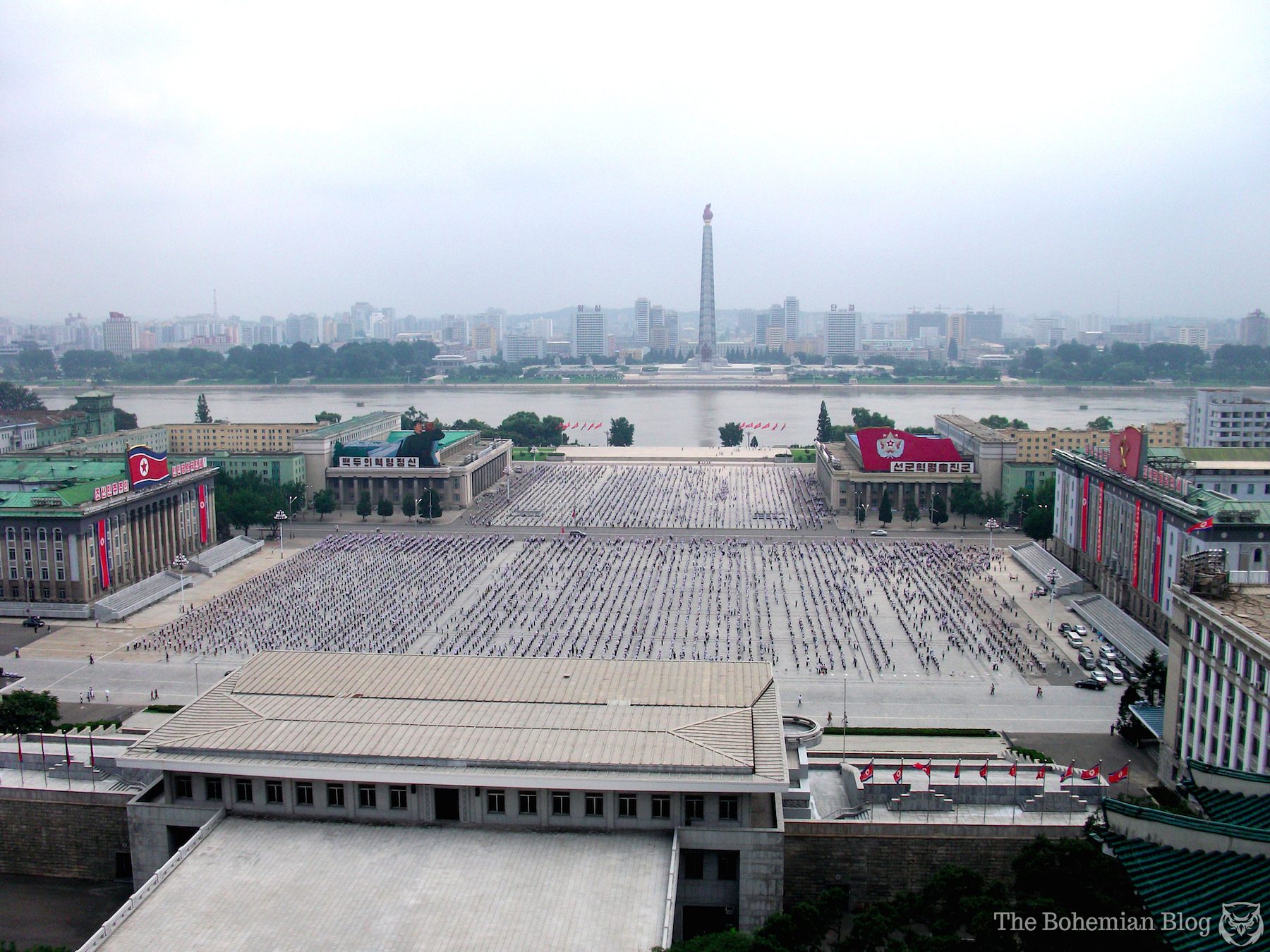
Kim Il-sung Square, Pyongyang (photograph by Darmon Richter)

A young girl performs for tourists at a school in Rason (photograph by Darmon Richter)
Most visitors opt for a tour of Pyongyang, the nation’s capital, and it is here amidst the homes and schools of the North Korean elite that one gains the most skewed illusion of life in the country. Reason being, Pyongyang is actually quite a lovely city. Your tour guides are trained to talk their way around questions of poverty and starvation, while the vast majority of beggars know better than to show their face before a group of foreigners. Tour coaches even seem to stick to select, approved roads as they travel through the city, sometimes leading visitors in bizarrely complex routes around the capital, in what one can only assume is an effort to minimize contact with the less-affluent districts of Pyongyang.
Pyongyang then, is hardly the “real” North Korea, but there are times when the veil shifts just enough to allow a glimpse beneath.
On my first trip to the DPRK, we visited the “Grand People’s Study House” — Pyongyang’s pagoda-style university building, equipped with an impressive array of computer terminals and a library stocked with government-approved publications. (There’s plenty of Jane Austen, but not much from the last 50 years of Western literature.) On the way out, passing a statue of Eternal President Kim Il-sung seated in a marble-lined foyer, the lights suddenly went out. There were shouts, hisses in the dark, and then the power flicked back on. I was left with the distinct impression that such luxuries as electricity were reserved for those occasions when there was someone to impress.
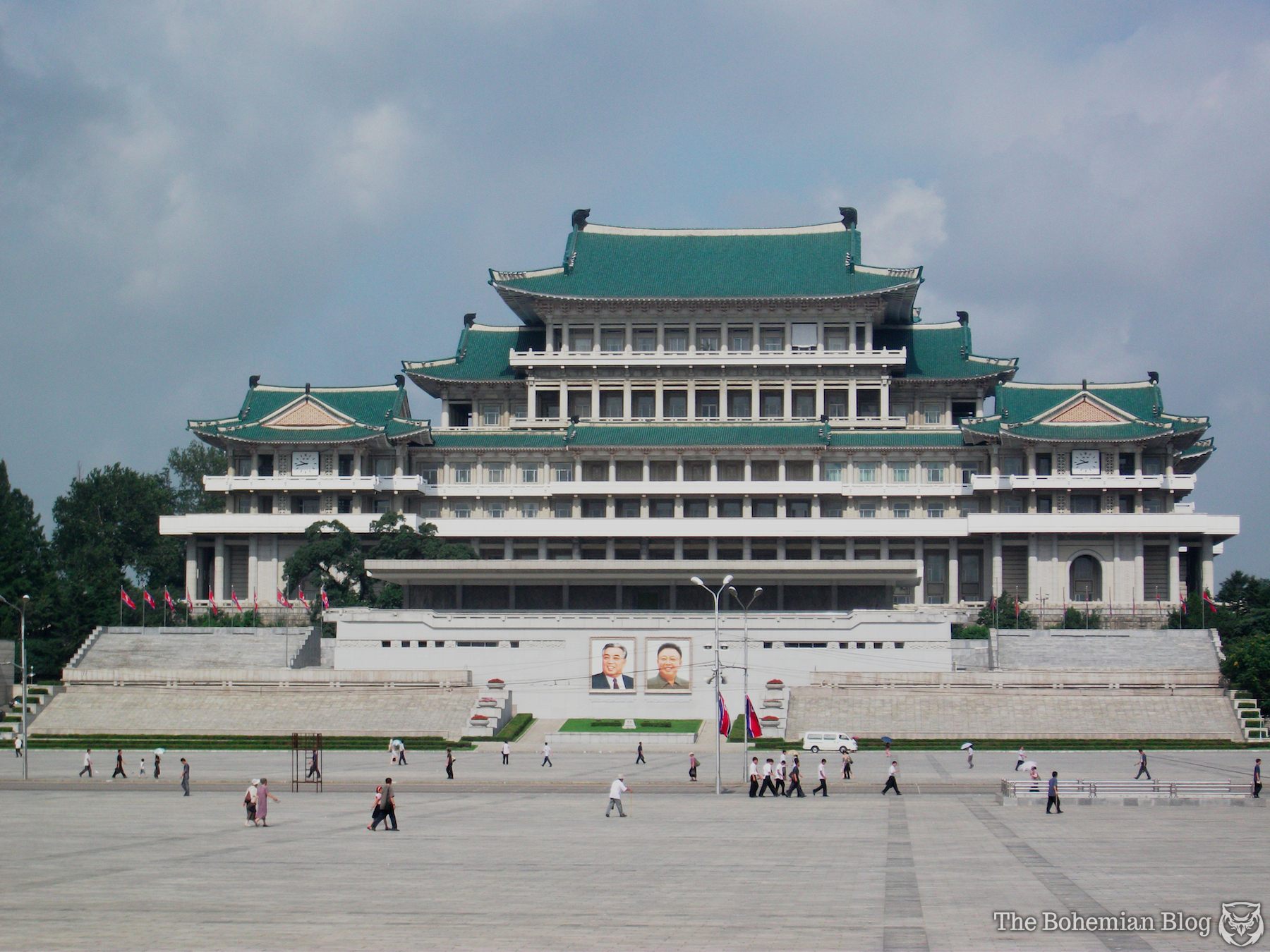
The Grand People’s Study House, Pyongyang (photograph by Darmon Richter)
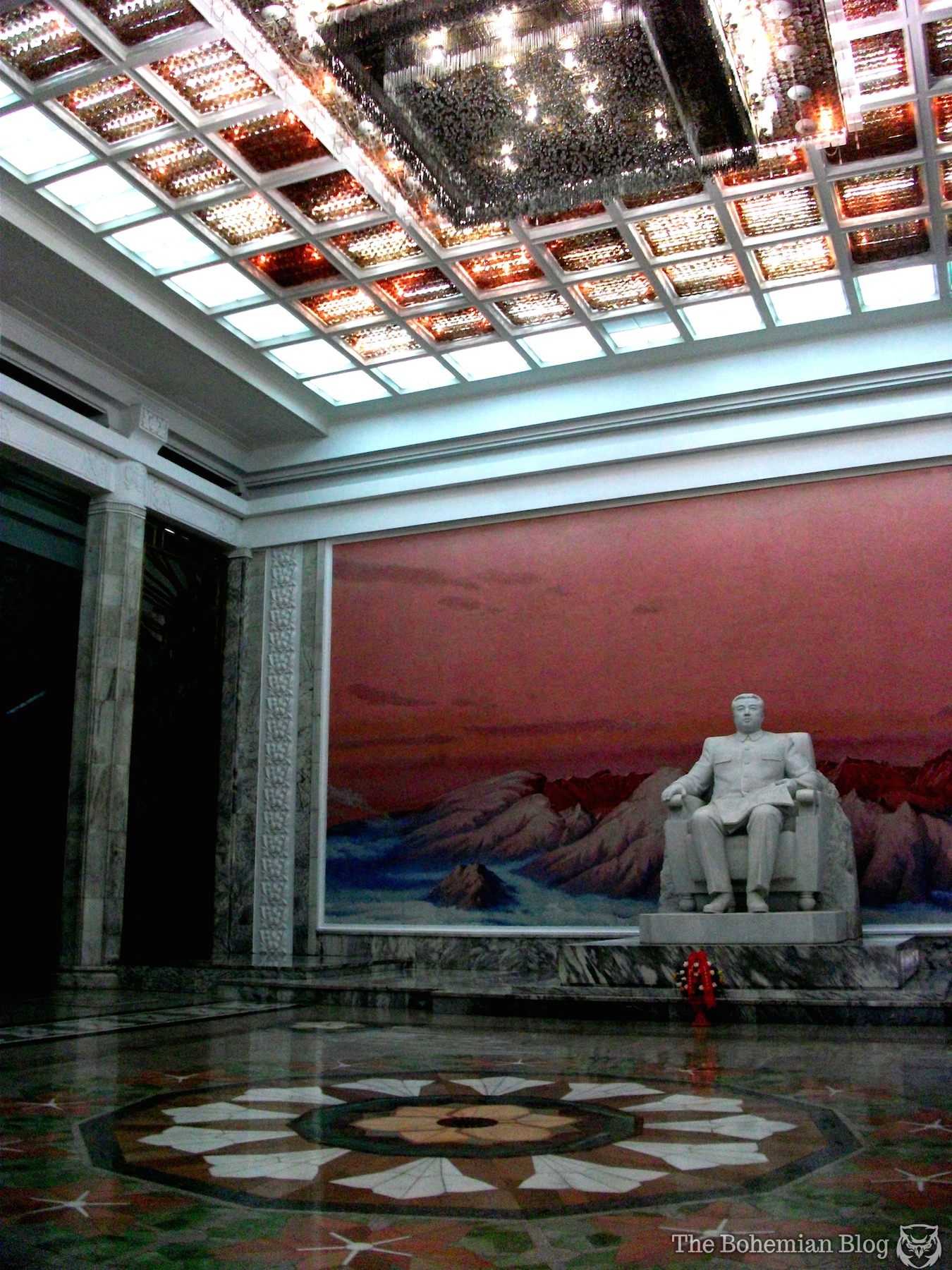
A statue of Kim Il-sung in the foyer of the Study House (photograph by Darmon Richter)
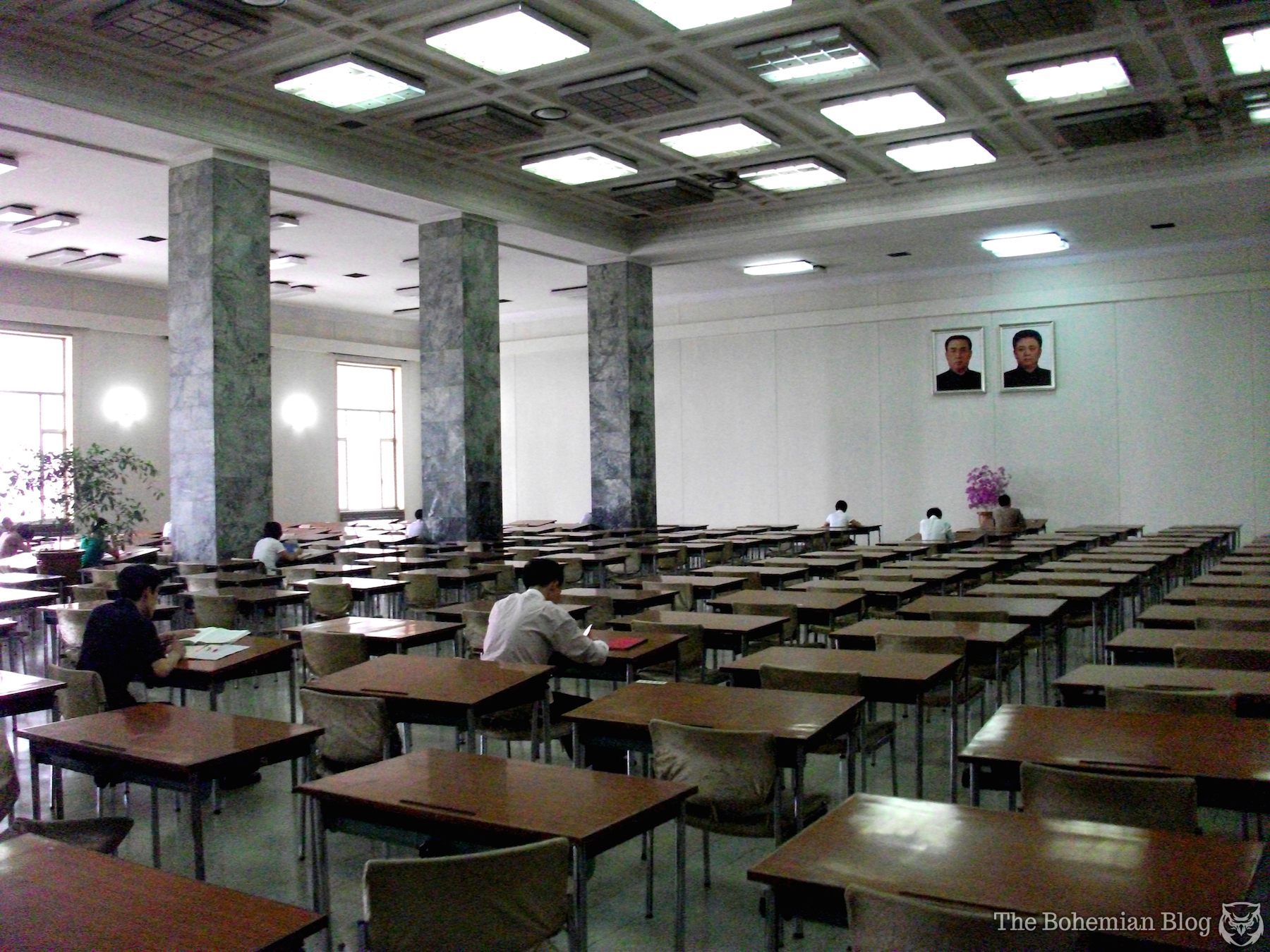
One of the many classrooms inside the Grand People’s Study House (photograph by Darmon Richter)
Outside, we passed an ornate fountain, and our guide told us that we’d missed the display by a matter of hours. But the water feature was inactive, the pool it stood in empty and choked with dry dust.
Alternative Travel in North Korea
This illusion of prosperity is more difficult to maintain as soon as one ventures outside of Pyongyang. Other tourist attractions in North Korea include the ancient Korean capital of Kaesong in the south, and the infamous tour of the DMZ (“Demilitarized Zone”): the heavily-secured border that divides the Korean peninsula some 180km south of Pyongyang. Visiting these sites necessitates a certain degree of travel, and it is here that the illusion begins to shatter.
Tour guides typically issue blanket rules of “no photography on the bus” as you speed along straight, empty roads, between fields where laborers herd goats or harvest crops with their bare hands. Much like neighboring China, North Korea features an abundance of bicycles; unlike China there are very few cars to be seen, even when traveling main highways that run the full length of the country.

The main street in the southern city of Kaesong (photograph by Darmon Richter)

Bicycles and political posters in Kaesong (photograph by Darmon Richter)
Within minutes on the bus, the guide has been ignored. Cameras come out, and up and down the length of the vehicle tourists are snapping illicit photos out the window. Some get caught and receive a stern — yet always incredibly polite — telling off. Most, however, get away with it.
Even here though, in the rural provinces, there are times when it feels an effort is made to maintain some form of illusion. I visited a waterfall one time near Kaesong, where our group ran into a horde of uniformed school children on a day trip. Nearby, several families sang karaoke and danced beside a barbecue in the woods. It was an idyllic scene, until I remembered that it was the school holidays. The families were still there when we left. As we boarded our coach, the only other transportation in sight was another bus featuring government-issue number plates. It was hard not to conclude that we had been surrounded by actors all afternoon.
Separating Truth From Fiction
It’s impossible to hide a country, to make an entire people disappear. There are stories that the North Korean government fills its fields with smiling workers, a nation-wide deception for the benefit of visitors. The truth though, is that observant tourists will always see between the gaps. You’re hardly going to witness one of the political executions that many defectors insist are presented as public events, but try as your guides might to restrict your interaction to trained tourism agents and upmarket city districts, you will see poverty.

A poorer suburb of Rason, a city in the northeast of the DPRK (photograph by Darmon Richter)
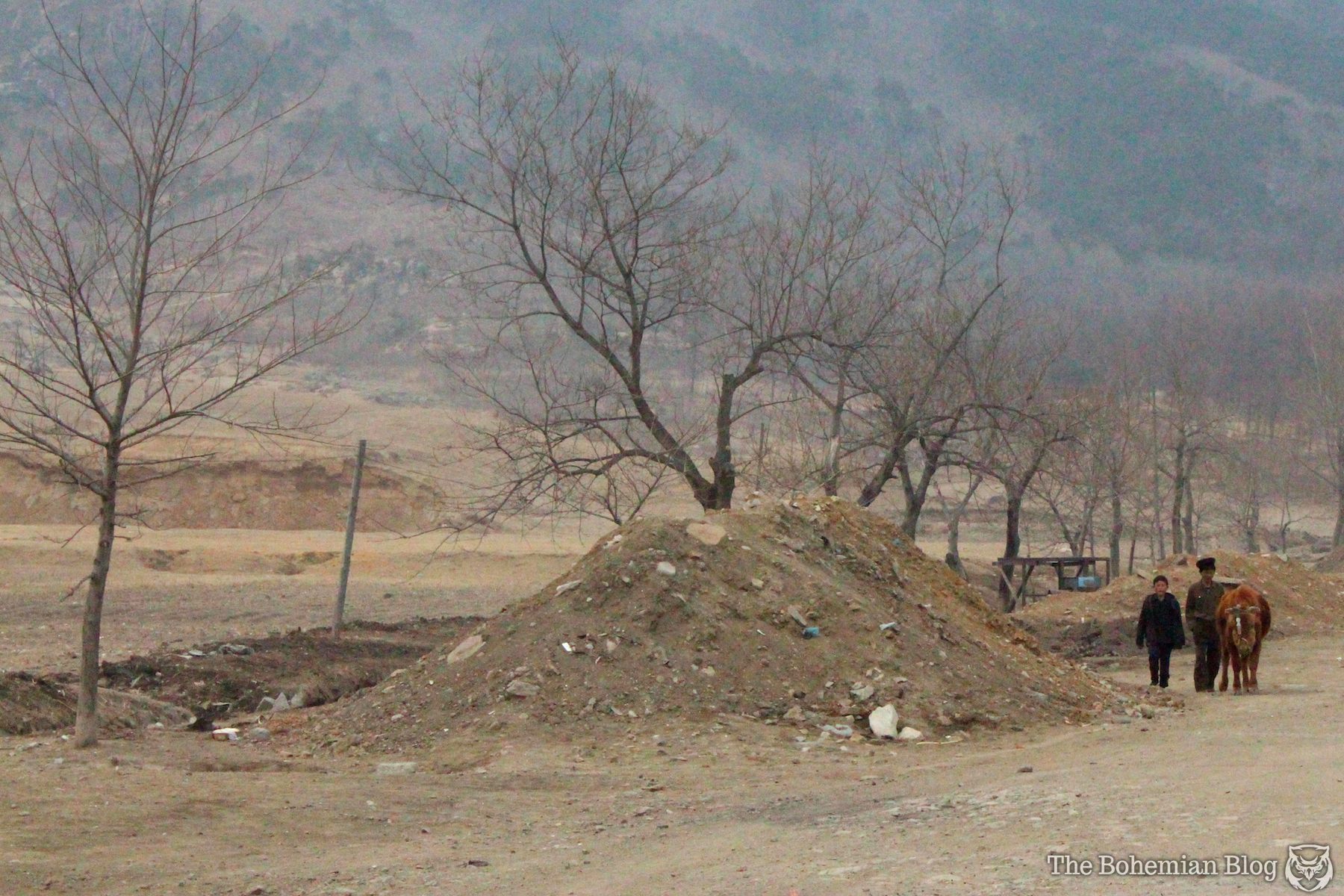
A rural scene from just outside Rason (photograph by Darmon Richter)
I even saw a beggar once on a visit to Rason, a city in the northeast of the country. There were pickpockets, too, children who tugged at our jackets as they brushed by in a crowded market. Such experiences are rare for tourists, and all but completely controlled in the capital.
Perhaps the strangest part of it all is that these imperfections North Korea tries to hide are universal flaws. Hunger, crime, poverty, violence, are all intrinsic to virtually every city on the face of the earth. The desperation of the North Korean regime to pretend such things don’t affect them would seem to be politically inspired; perhaps they consider these faults representative of more than just a race, a nation, but deeper still, a critique of their social ideology. To acknowledge such problems, to allow others to acknowledge them, would be to undermine the intelligence and foresight of the DPRK’s founder, President Kim Il-sung, by whose political philosophy of “Juche Thought” the nation is still governed.
Politics aside, North Korea is a very real place. It is largely unexplored by outsiders, untouched by commercialization, and in some ways, in certain places, this mountainous landscape with its forests and beaches does present a kind of unspoiled paradise. But for the time being at least, the only way visitors are likely to witness this North Korea is through glass.
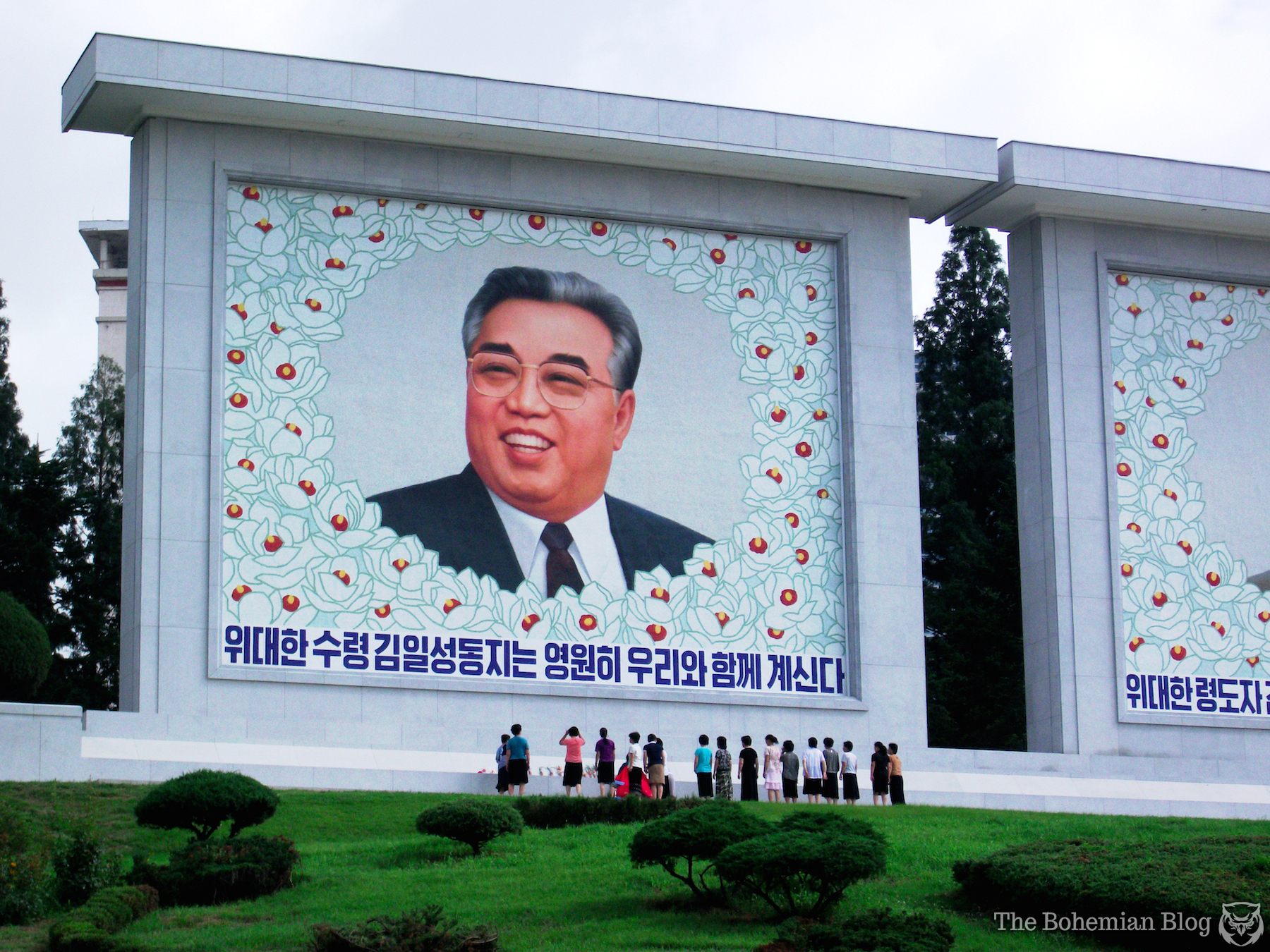
Locals pay respect to Kim Il-sung at a monument in Pyongyang (photograph by Darmon Richter)

Two women deep in conversation in a Rason suburb (photograph by Darmon Richter)

A work party await their transport back to the city (photograph by Darmon Richter)

Pedestrians stop to watch a political broadcast in a park in Rason (photograph by Darmon Richter)








Follow us on Twitter to get the latest on the world's hidden wonders.
Like us on Facebook to get the latest on the world's hidden wonders.
Follow us on Twitter Like us on Facebook